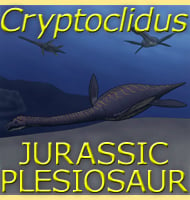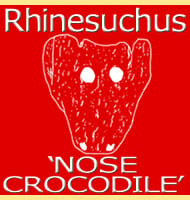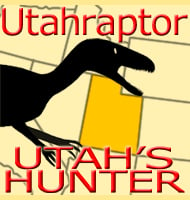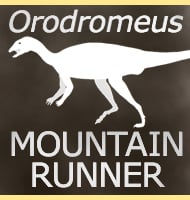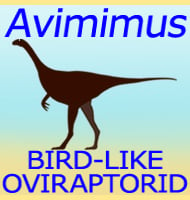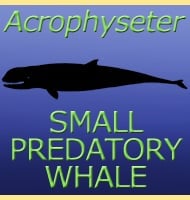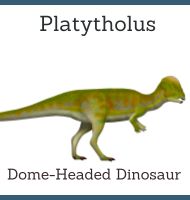In Depth
Pholidogaster gets its name from scales that ran along its belly and has an overall morphology that it similar to Greererpeton. The legs are underdeveloped and unsuitable for a terrestrial lifestyle, and the tail is long and flattened for greater efficiency in the water. Pholidogaster also possessed fangs for seizing prey.
Further Reading
Further reading- On new labyrinthodonts from the Edinburgh coal-field. – Quarterly Journal of the Geological Society of London 18:291-296. – T. H. Huxley – 1862.

